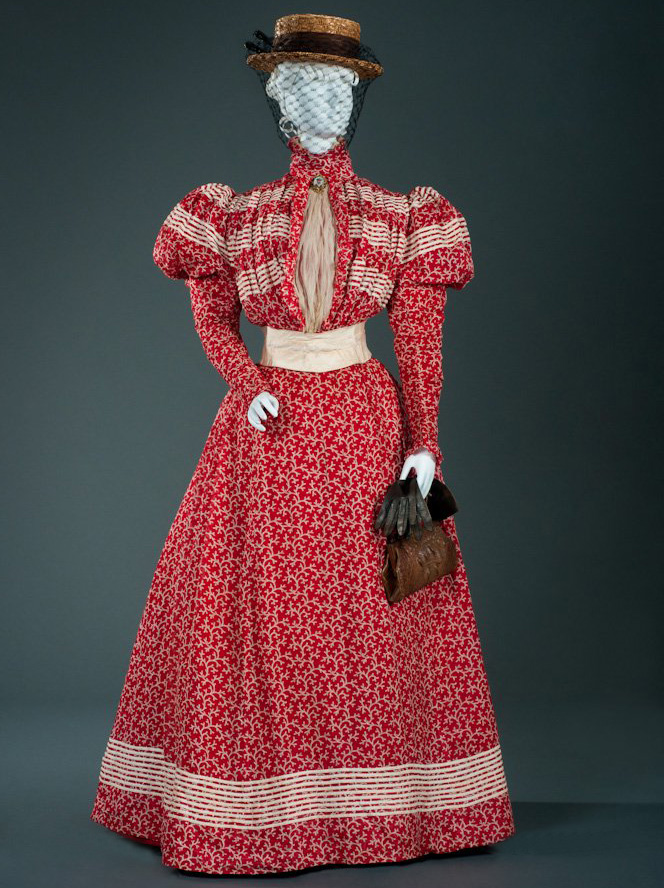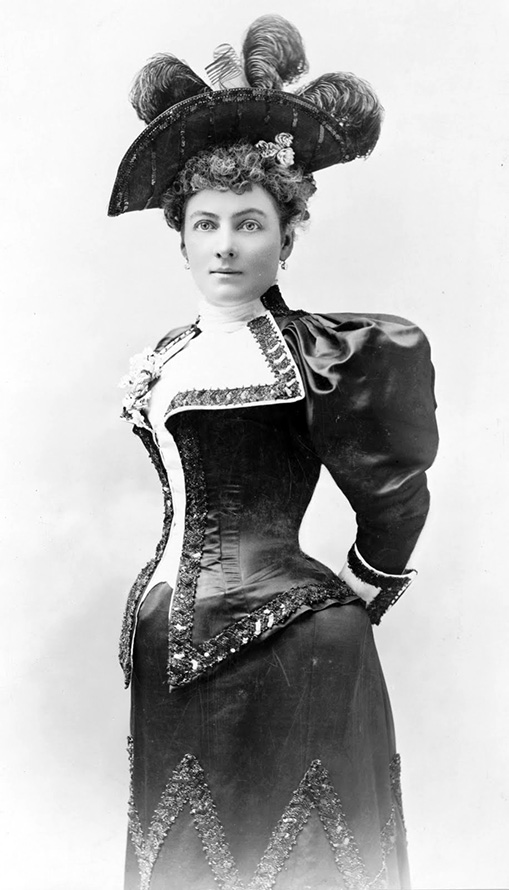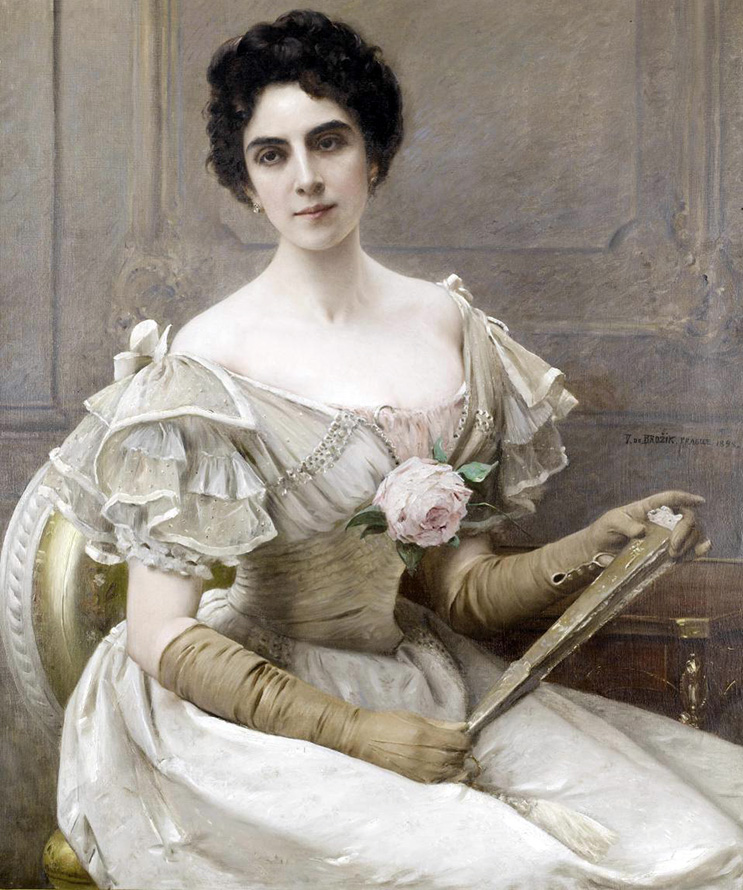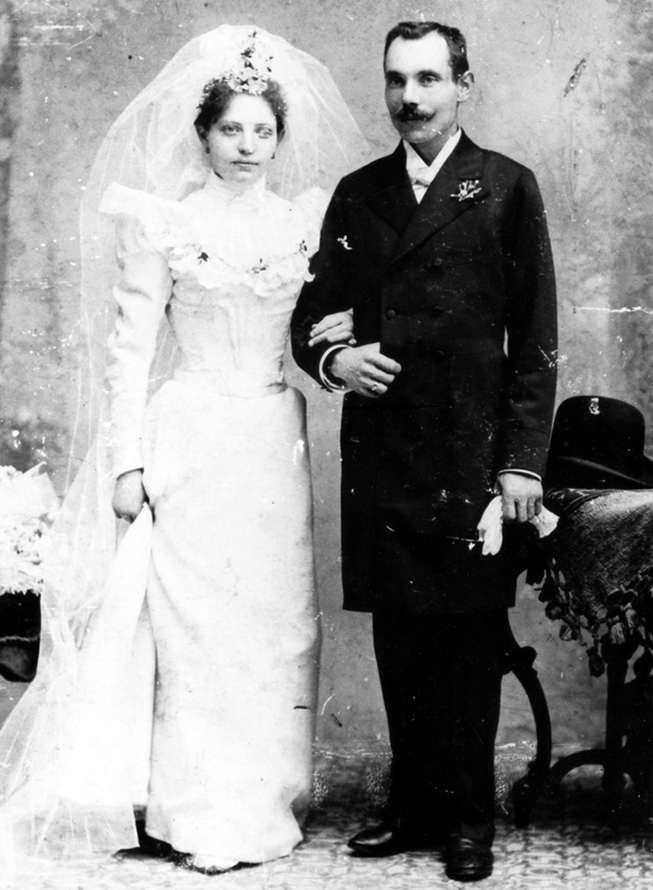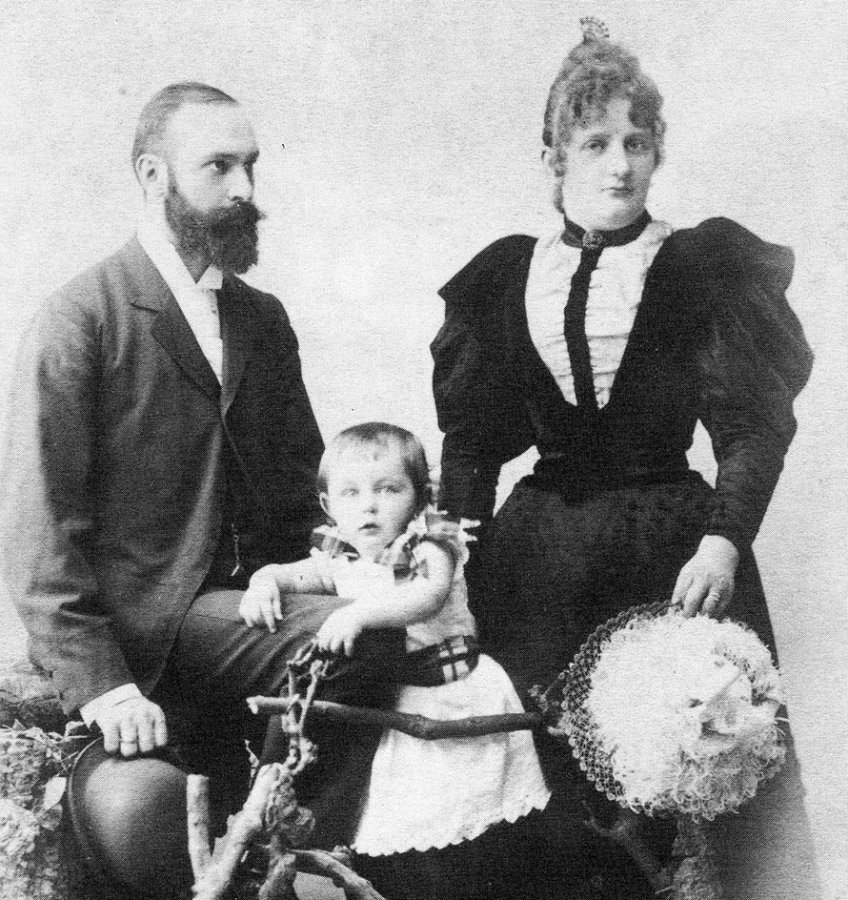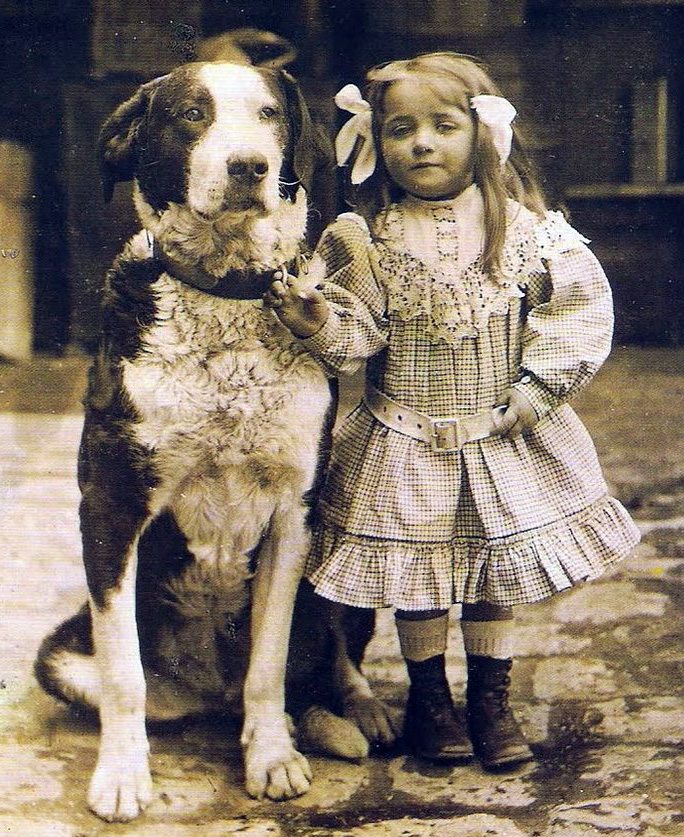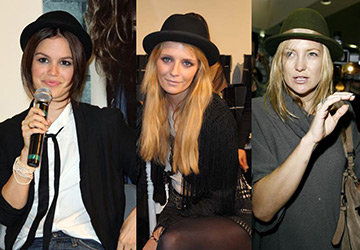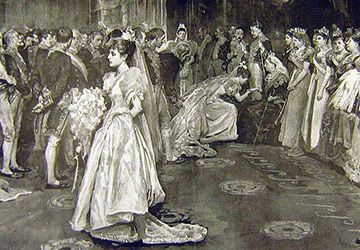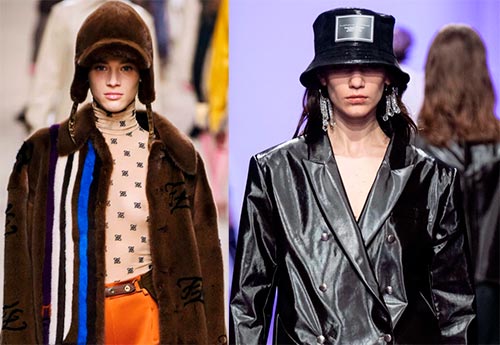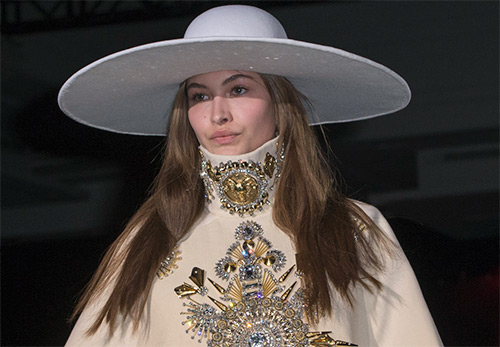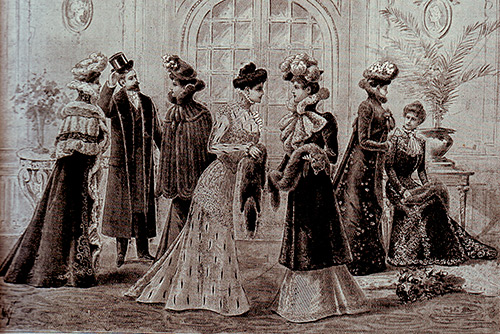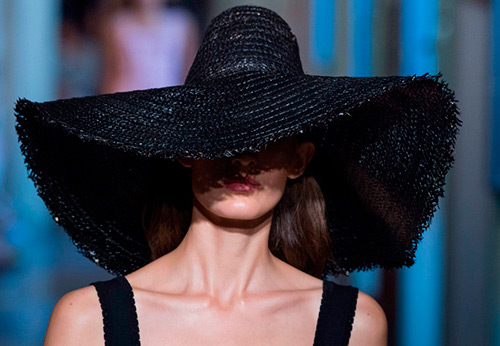Style
Modern style in clothing 1895-1900
Fashion at the end of the 19th century in the last five years has again changed the female costume. The sleeves at the shoulder are becoming oversized, contradicting the shape of the 1830s; this is no longer a "leg", but a "leg". The skirt expands, remaining in the shape of a "bell". Hats get complicated hats They are magnificently decorated, the fields, in comparison with the first five years of the 90s, are increasing.
However, along with bulky hats, there remain simple flat boaters and soft felt hats with small brims, squeezed in the middle (“pie” hat). These hats came from Austria, and later in Europe they came to be called "fedors". They got the name from the play of the same name by Viktor Sardu "Fedor". In addition to "fedora", there were "trilby", top hats, bowler hats - everything from the men's wardrobe.
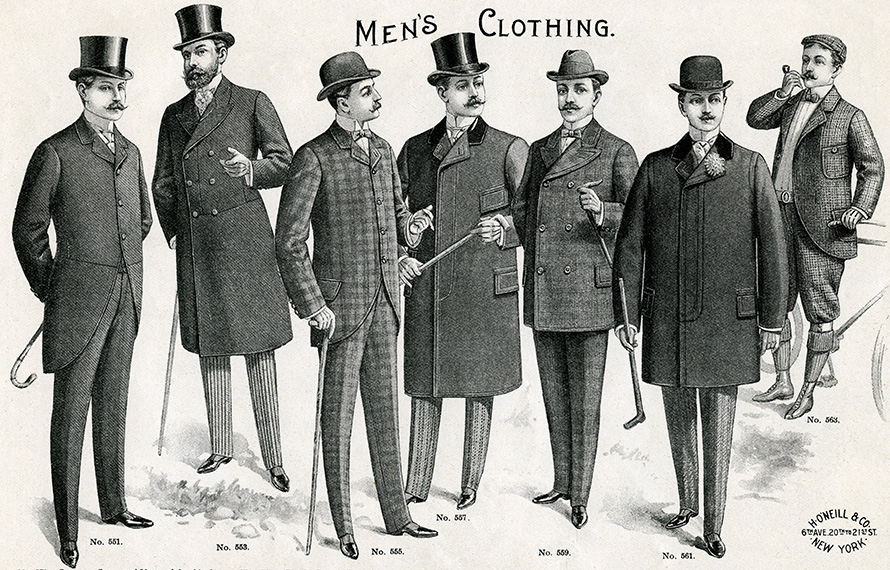
During this period, an unprecedented variety of styles appeared, which were decorated with all kinds of finishes, details, ornaments. In fashion magazines it was noted that during this period there was a complete mixing of "ideas, forms, decorations ...". However, along with successful ideas, a lot of not only not successful ones, but complete bad taste arose.
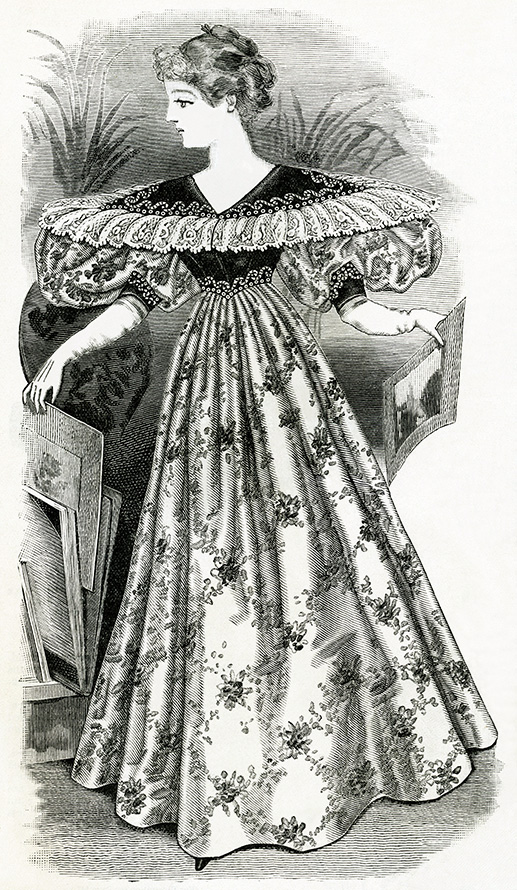
The tailor or the customer herself, in pursuit of being in the most original style, came up with something incredible - raised sleeves, with a bodice tightly wrapping around the torso (it was difficult to breathe with the waist squeezed by the corset). Sometimes these were wide lapels, collars, capes, wings, lace, ribbons, ruffles, etc. All this led to a huge increase in the upper part of the figure. In addition, all these details "adorned" not only dresses, but also coats and formal jackets, and even Amazons.
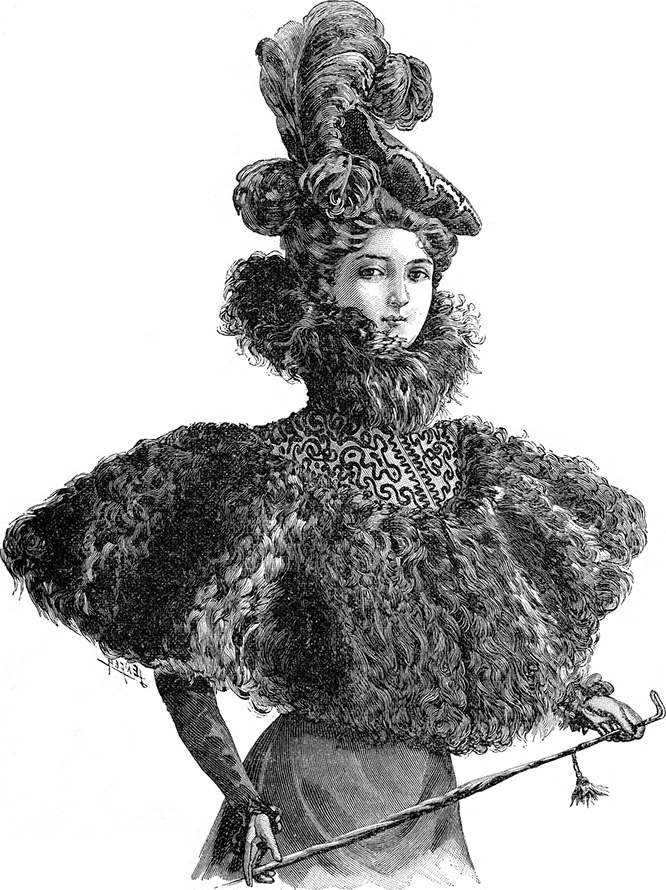
Evening dresses in the last five years remain the same as in the first - a deep neckline, a narrow and tight bodice, and if there are sleeves, then they are necessarily huge at the shoulder. Such sleeves, narrow from wrist to elbow and swollen at the shoulder, were called differently: gigot, leg of mutton, leg of lamb, elephant ears, ham, etc. The decor combined different textures of fabrics (apparently, modern fashion now repeats the same idea - layering of fabrics of different textures).
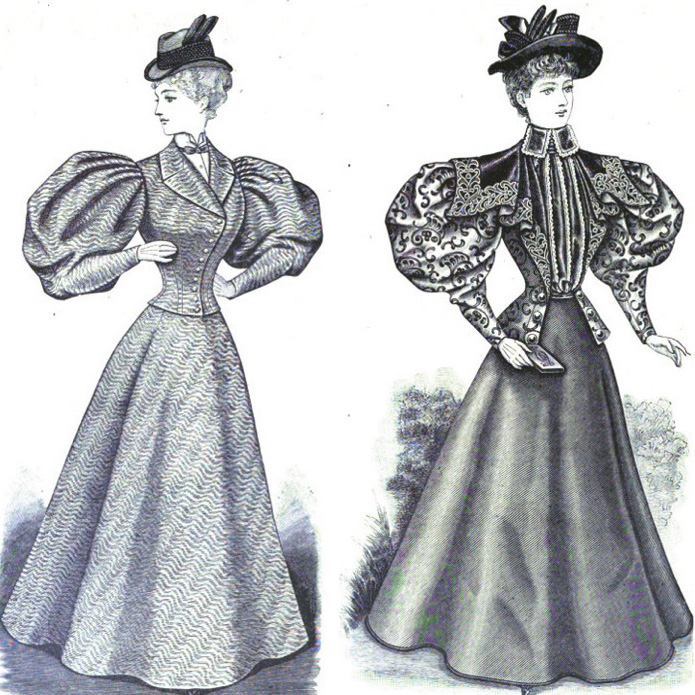
With the incredible size of the sleeves, the skirts were very elegant and comfortable - the shape of a bell. Flared skirts with deep beautiful folds from the waist fell to the floor. Later, by the end of the 19th century, the skirt changes its shape - it becomes completely smooth from the waist to the hips, and expands only from the knees to the floor, acquiring a “godet” shape, or ends with flounces or ruffles.
The waist was emphasized by a sash or belt and seemed unusually thin compared to the huge sleeves (something similar will be repeated in the fashion of the 30s of the twentieth century, but not with such bulging huge sleeves). During this period, the bodice has a figured neckline, in which inserts or bibs are located, abundantly decorated with folds or ruffles. The collar remains high and erect. It should be noted that despite the huge variety of styles of dresses, capes, boleros and jackets, a strict cut jacket is gaining popularity - elongated, adjacent with small cuffs, male type.
One of the famous couturiers at that time was Jacques Doucet, an artist who subtly feels the individuality of his model.
We should also name Gustave Beer, who created things for more conservative customers. One of his models is in the Kyoto Museum - a day dress made of black bouclé silk with decor at the collar and on the shoulders of multi-layered silk satin, twill and velvet with applique and beaded embroidery. The sleeves and skirt are covered with beige silk satin, which is visible through the beaded slits. In the same years N. Lamanova also creates her masterpieces.
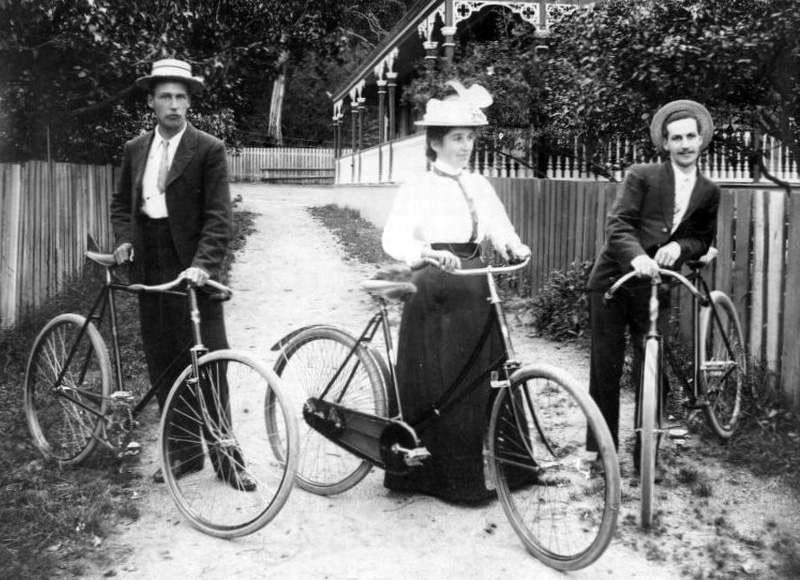
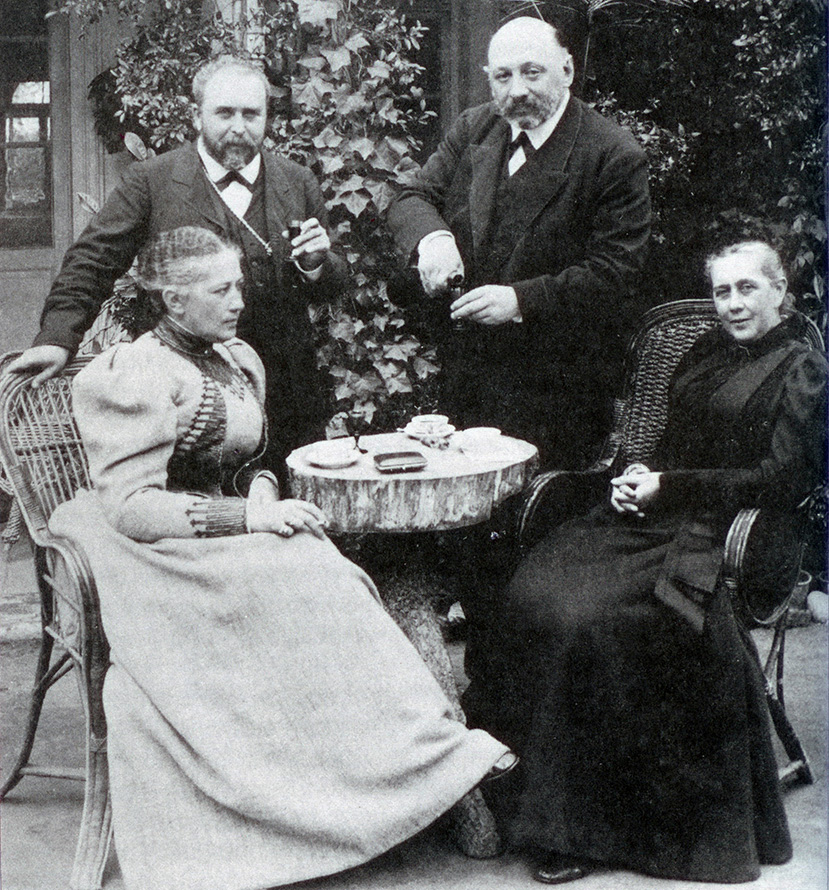
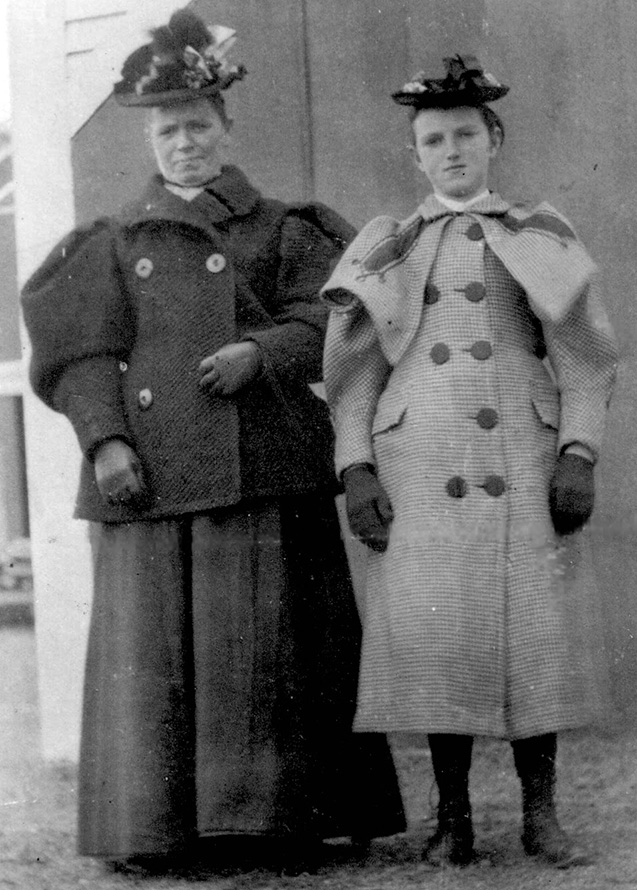
Art Nouveau glorified not only the clarity of the contours, but also the richness and elegance of the decor.In the embroidery of this style, there are natural motives - flowers, insects, animals, etc.
Active sports, which became more accessible to women in these years, made it possible to create simple and comfortable suits with a minimum amount of details. American illustrator Charles Dane Gibson depicted charming girls in simple and modest outfits playing sports in his drawings.
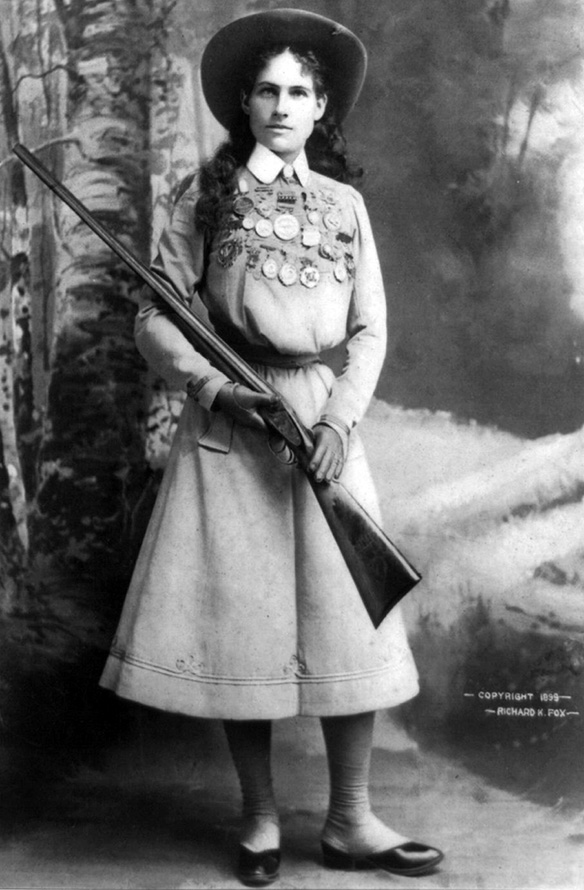
In these years, special suits for sports and outdoor activities appeared on sale in stores: spacious blouses, cropped skirts, bloomers and even special corsets for sports that are more sparing for a woman. Cycling, tennis, ice skating, including roller skating, are gaining popularity. The latter were evening and night entertainment on the asphalt skating rink.
The end of the 19th century was called the "Merry Epoch". But everything, as you know, ends. A new century is coming - everything is in the future - coming disasters, wars and, despite this, new bright styles of a new era and their new inventors.
Comments and Reviews
Add a comment
Rating news
Shades of clothing that make women look younger
What shades of hair make women younger: rules and photos
Funny wedding dresses - photos and ideas
12 most expensive down jackets for the winter
How to look 25 at 40: tips from supermodels
Beautiful schoolgirls
Anti-aging haircuts and hairstyles for women
Fashionable skirts for autumn and winter
Fashionable women's trousers for the cold season
Fashionable and stylish sandals for summer 2024
Spring-summer 2024
 Fashionable dresses and tops with thin spaghetti straps
Fashionable dresses and tops with thin spaghetti straps
 Bandana tops: how to wear stylishly and beautifully
Bandana tops: how to wear stylishly and beautifully
 How to put together the perfect men's wardrobe for the summer
How to put together the perfect men's wardrobe for the summer
 Trendy shorts for spring-summer 2024
Trendy shorts for spring-summer 2024
 Fashionable skirts for spring-summer 2024: a guide to online shopping
Fashionable skirts for spring-summer 2024: a guide to online shopping
 The most fashionable dresses spring-summer 2024: styles and colors
The most fashionable dresses spring-summer 2024: styles and colors
 Fashionable total look 2024: image ideas and trends
Fashionable total look 2024: image ideas and trends
